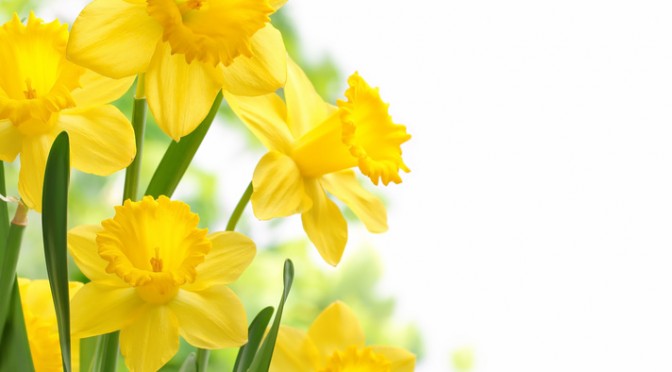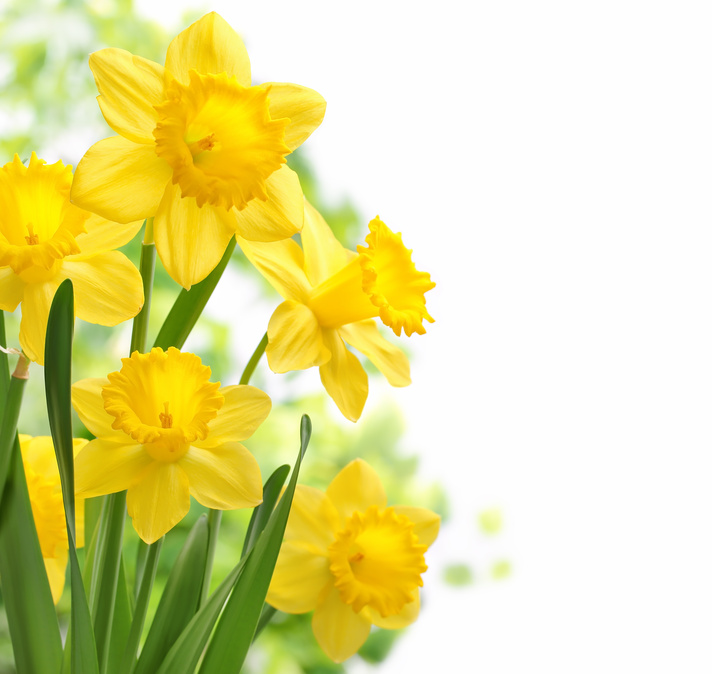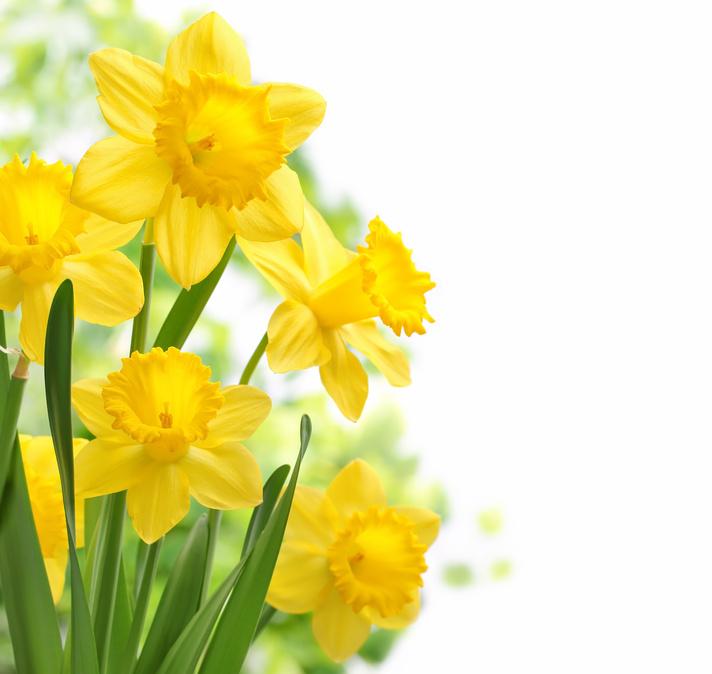
Photographing Flowers – An Introduction
Spring is in the air and along with the sunshine, daffodils and other spring flowers are starting to make an appearance. For those who want to brighten their homes or even office spaces, floral canvas prints are an obvious choice. Providing a real burst of colour and implied texture, photographing flowers often outshine paintings.
Where to find fantastic flora
If your weekends are typically filled with amateur photography rather than horticulture, you may want to head down to your local public park to find some subjects or even check out the local market. To be sure of finding a variety of subjects, why not plan a trip to a horticultural show? You can download a calendar of the Royal Horticultural Society’s main events for 2014 herehttp://www.rhs.org.uk/Shows-Events/pdf/Shows-2014-calendar. Of course, for many, the jewel in the crown is the Royal Chelsea Flower show on May 24th-27th.
Capturing flowers with a digital camera
Photographing up close and personal means reaching for your macro lens or macro setting, which will help you fill the full frame with petals, though you can lose depth of field if you’re not careful. If you have live view, switch off autofocus to take more control. No live view? Try using extension tubes – these work by reducing the minimum focus distance – giving you the ability to close in.
Wherever you’re headed, be sure to take a tripod with a sturdy base. As you are likely to need to get close to the ground. Choose one that goes up and down easily and carry a gardener’s mat too; you don’t want to get the gardener’s knee! Keep details in your images sharp by using a cable release when it’s time to shoot.
Singling out stems
Think you’ve found the perfect specimen? Where is it positioned? Photographing against a messy background can ruin the finish of the shot, so try and photograph against an uncluttered backdrop or go along with your lenses and wide with focal length. If you’re seeking out the natural beauty of petals wet with dew, there’s no harm in giving yourself a helping hand by carrying a gentle water spray. A reflector is another prop that can take flower photographs up a notch. Use near your singled out stem or plant to feed light into shadow and illuminate extra details. If the sky is overcast in a typically British fashion, this can work to your advantage by providing a little softening. When everything is bright and beautiful, your reflector can be used to protect plants from direct sunlight.
Three tips to remember:
• Achieve great quality by setting your camera to the lowest ISO setting available and edging out digital noise
• Put the camera in single shot drive
• At very close range, small apertures will maximise detail. Opt for wide apertures to highlight one subject against a less focused backdrop.
Have you taken a floral image that you’re proud of? Do you have any of your own tips for photographing flowers? Share below and get in touch if you’d like our advice on how to make the most of your own images on a personalised canvas print. Visit this blog for more flower photography tips.
Click here to upload your photo, and get started!









